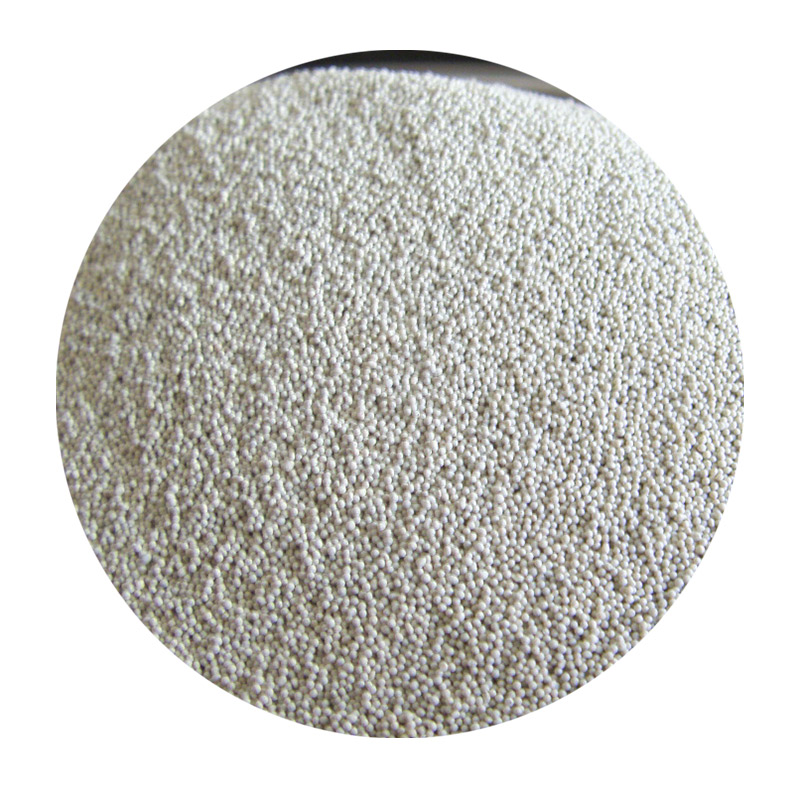How to Sand Resin 3D Prints A Comprehensive Guide
Resin 3D printing has gained immense popularity due to its ability to produce highly detailed and intricate models. However, achieving a smooth finish can be challenging, and sanding is often necessary to eliminate layer lines, support marks, and imperfections. This article will provide you with a step-by-step guide on how to sand resin 3D prints effectively, ensuring you achieve a professional and polished look.
Understanding Resin Prints
Before diving into the sanding process, it’s essential to understand what resin prints are. Unlike filament-based 3D printing, which builds models layer by layer with thermoplastic filaments, resin printing uses liquid photopolymers that harden when exposed to UV light. This technique results in smooth surfaces and precise details, but it also requires careful post-processing to perfect the finish.
Preparing for Sanding
1. Safety First Resin can be toxic and irritating to the skin and lungs. Always wear gloves, goggles, and a mask when handling uncured resin or sanding printed parts. Work in a well-ventilated area to minimize inhalation of harmful particles.
2. Curing the Print Before sanding, ensure the print is fully cured. This generally involves exposing it to UV light after the printing process. Once cured, you can handle the print safely, but it's still important to take precautions.
3. Gather Your Tools For sanding resin prints, you’ll need a few basic tools - Sandpaper (various grits, typically ranging from 80 to 2000) - A sanding block or sponge - Water (for wet sanding) - A soft cloth for cleaning - A mask to cover your mouth and nose
The Sanding Process
how to sand resin 3d prints

1. Initial Sanding Start with a coarser grit sandpaper (80-120 grit) to remove larger imperfections, layer lines, or support marks. Use a sanding block for flat surfaces to maintain even pressure and avoid gouging the print. If the print has intricate details, carefully sand those areas by hand.
2. Progression to Finer Grits Once the surface has been leveled, switch to a medium grit (180-320). This will help smooth out the rough patches left from the initial sanding. Follow this by progressing to finer grits (400-600) to refine the surface texture further.
3. Wet Sanding For the final touches and to achieve a glossy finish, wet sanding is an effective technique. Use water with very fine sandpaper (800-2000 grit). Wetting the paper reduces dust and helps achieve a smoother finish. Be gentle and keep the surface wet while sanding.
4. Cleaning After sanding, wipe the print with a damp cloth to remove any dust and residue. Allow it to dry completely. Inspect the model to ensure it’s as smooth as desired.
Finishing Touches
With the sanding complete, you may want to enhance the appearance of your print further. Consider using a polishing compound or a clear coat for added gloss and protection. If you’re going for a paint finish, make sure to prime the surface first to ensure better adhesion.
Conclusion
Sanding resin 3D prints can seem daunting, but with the right tools and techniques, you can transform your prints into stunning, professional-quality models. By gradually moving through the various grits of sandpaper, practicing patience, and prioritizing safety, you can savor the satisfaction of seeing your resin prints go from rough to refined. Whether for personal projects or professional purposes, mastering the art of sanding will undoubtedly elevate your 3D printing experience. Happy printing and sanding!
Post time:Դկտ . 12, 2024 10:45
Next:Techniques for Smoothing 3D Printed Resin Models Using Sanding Methods
